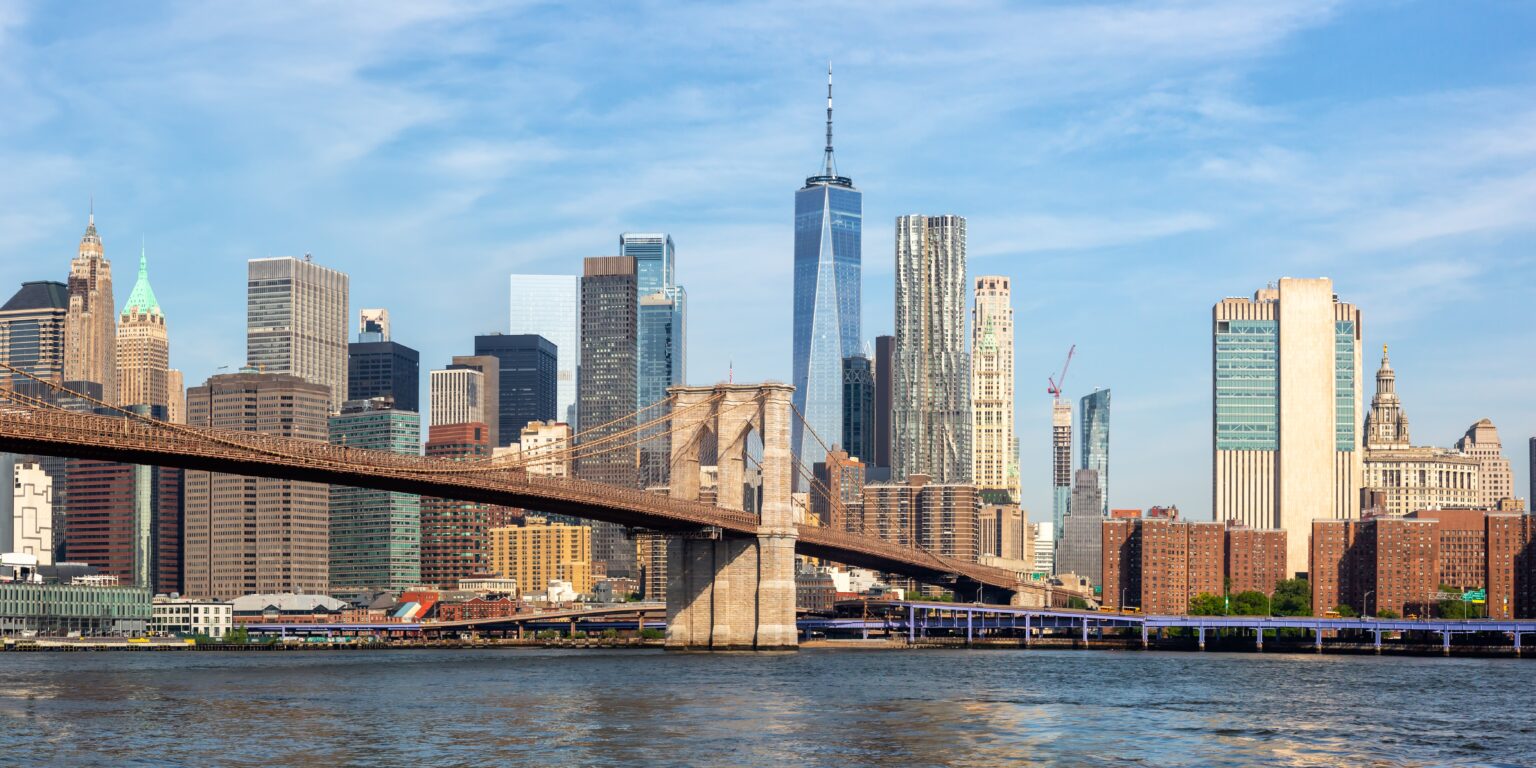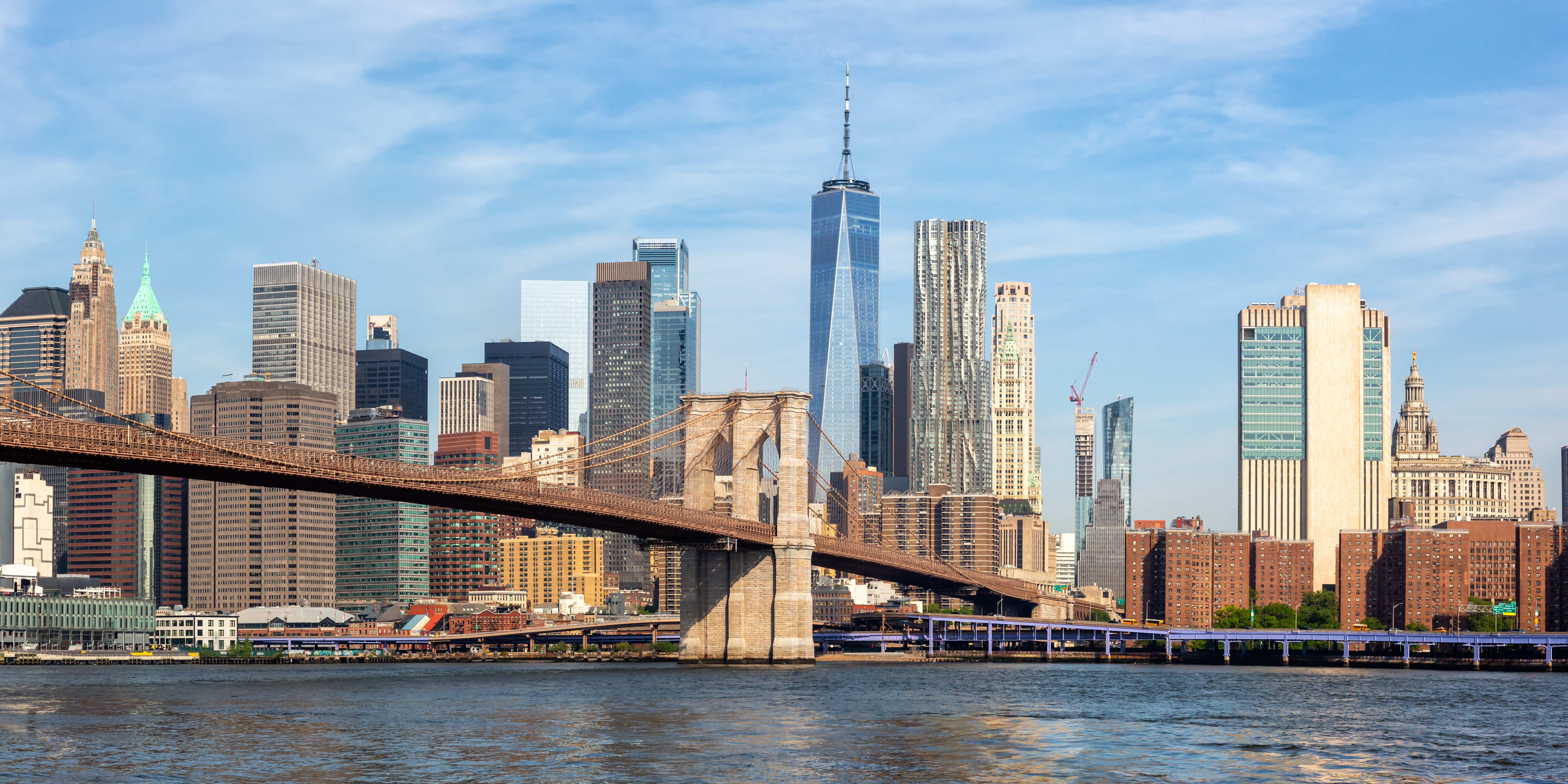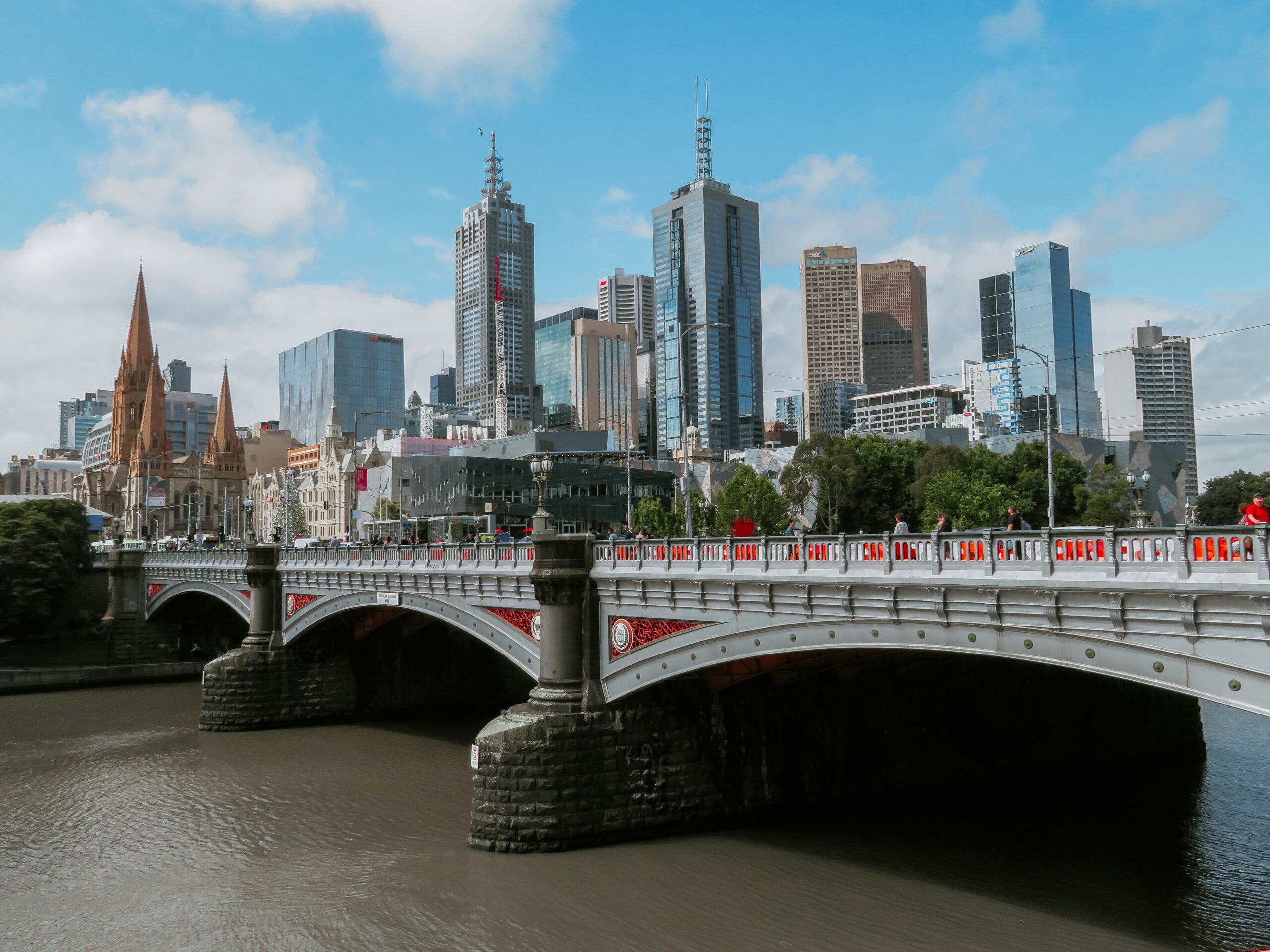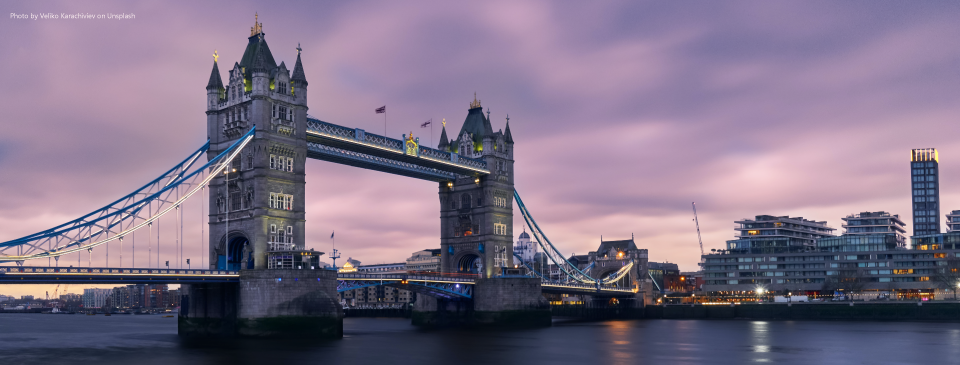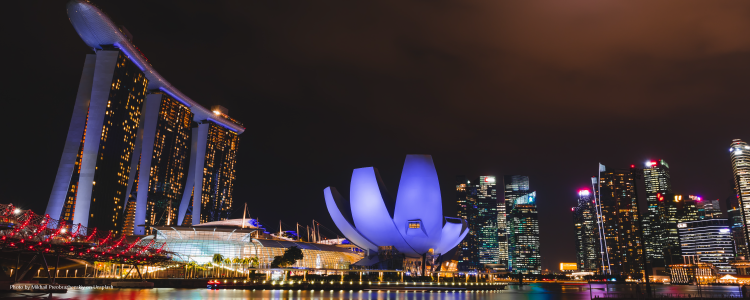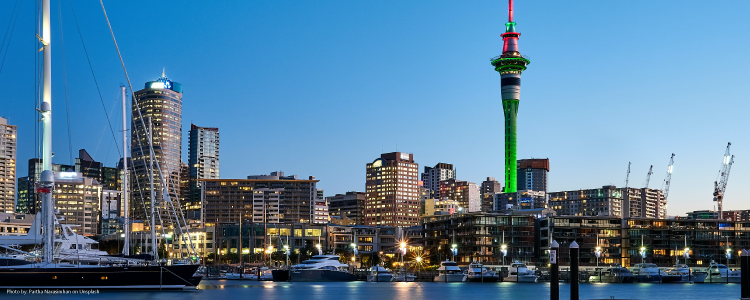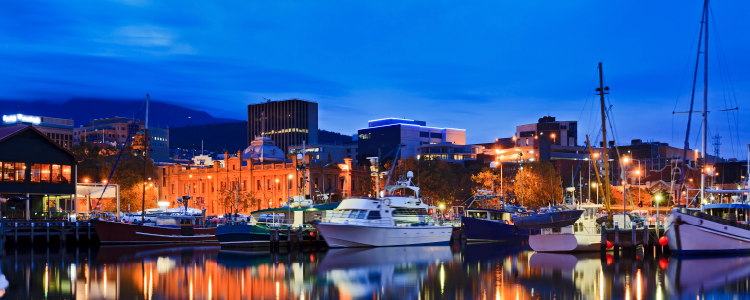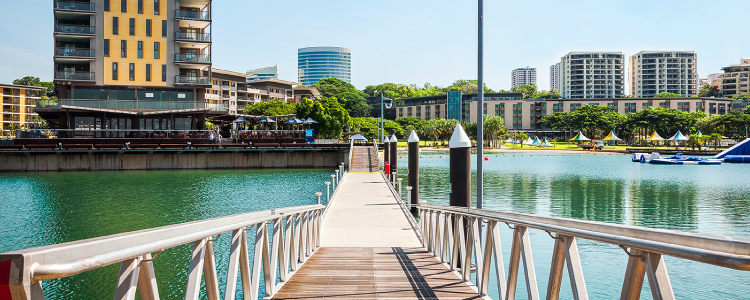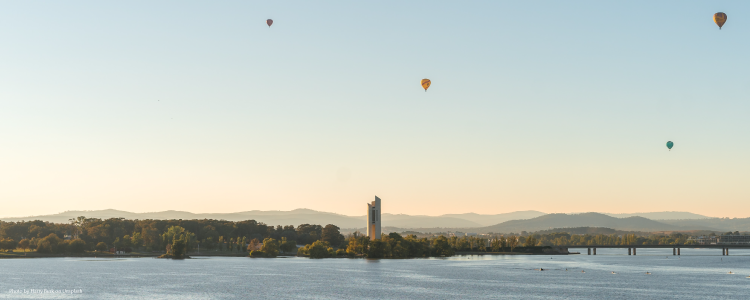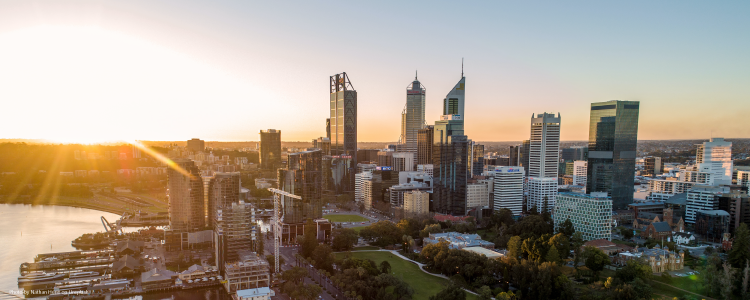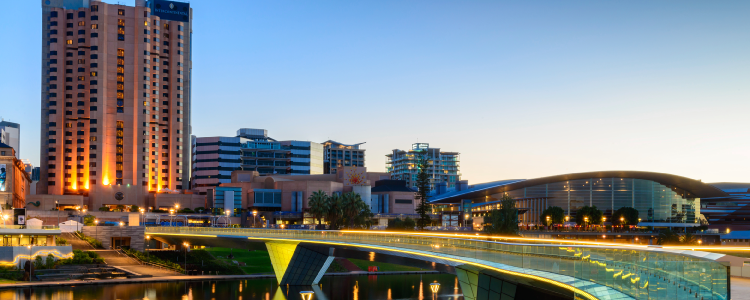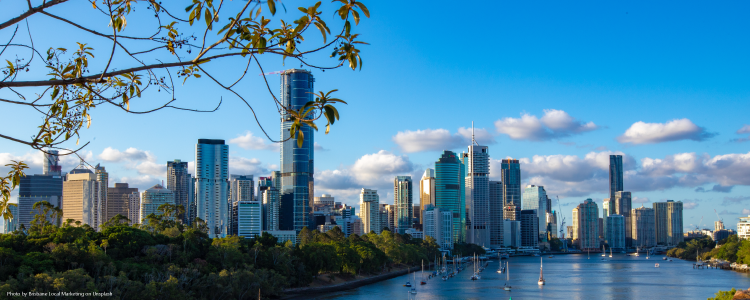Whether you’re drawn by exciting job opportunities, a rich cultural landscape, or the promise of a new adventure, the United States continues to be a top destination for people relocating from around the world. If you’re preparing to make the move or just beginning to explore the idea, this guide is designed to help you navigate the essentials of living in the U.S., from visas and entry requirements to banking, housing, and life in the United States.
Entry requirements
Before packing your bags, securing the proper entry documentation should be your top priority.
Visa requirements
Australians planning to relocate to the U.S. will need the appropriate visa. Your visa type will depend on the purpose of your move. The most common options include:
- Work visas (e.g., H-1B, L-1): For those pursuing job opportunities in skilled professions.
- Student visas (e.g., F-1): For those seeking to enrol in U.S. universities.
- Family and spouse visas (e.g., K-1, CR1): For Australians with family members or partners in the U.S.
- Green card (Permanent Residence): Requires sponsorship from an employer or family member or through the annual Diversity Visa Lottery.
Ensure your passport is valid for at least six months beyond your intended stay. You can find up-to-date details on visas and visa appointment availability on the official US State Department Website.
Vaccination and quarantine policies
While there are no major mandatory quarantine periods for vaccinated travellers, ensure you’re up-to-date on routine vaccines and COVID-19 protocols. Bringing plants, food, or certain animal products? These may require U.S. Customs inspection.
Working and living in the United States
Making a smooth transition into American daily life requires an understanding of workplace culture, cities, finances, and healthcare.
Choosing where to settle
The U.S. is vast and diverse, with cities catering to different lifestyles and ambitions. Here are some of the top picks for Australians:
- New York City, NY: A fast-paced hub for finance, fashion, and arts.
- Austin, TX: Known for its tech scene, live music, and laid-back vibe.
- San Francisco, CA: At the heart of Silicon Valley and tech innovation.
- Chicago, IL: Offers a mix of affordability and cultural attractions.
- Los Angeles, CA: For entertainers, creatives, and sun lovers.
- Seattle, WA: A haven for outdoor enthusiasts and coffee lovers.
Managing currency, banking, and taxes
- Currency: The official currency is the U.S. Dollar (USD). Consider using currency exchange services upon arrival for better rates.
- Banking: Open a local checking account with banks like Chase, Wells Fargo, or Bank of America. You’ll need your ID, proof of address, and visa to set one up.
- Taxes: The U.S. tax system operates federally and at the state level. Consult an international tax advisor, as you may need to file taxes in both Australia and the U.S. Avoid surprises by understanding tax treaties between the two nations.
Health insurance
Unlike Australia’s universal healthcare, the United States mainly operates on private health insurance. Most companies offer health insurance plans, but review the coverage details carefully. Alternatively, you can purchase a plan through the online insurance marketplace Healthcare.gov.
Education options for families
If you’re relocating with children, understanding U.S. educational options is essential.
Schools and childcare
- Primary and secondary schools: Choose between public schools (free but based on your residential area) and private schools (tuition fees vary significantly).
- Childcare options: On-site daycares, preschools, and nanny services are available with varying costs depending on the state.
Higher education and universities
With institutions like Harvard University and Stanford, the U.S. offers world-class education. Costs vary, so explore financial aid, scholarships, or sponsorships wherever applicable.
Navigating housing arrangements
Finding a place to live is one of the most crucial steps in settling down.
Should you rent or buy?
- Renting is the most common option for newcomers. Popular rental platforms include Zillow, Trulia, and Apartments.com. Expect to provide proof of employment, identification, and a deposit.
- Buying a home is more viable after familiarity with markets and financial systems. Seek advice from a real estate agent in your chosen location.
Connecting utilities, internet, and phone
Contact utility providers at least two weeks before moving in for services like gas, electricity, and water. Opt for reliable internet providers like Comcast or AT&T, and purchase a local SIM card for mobile services.
Understanding cost of living
Costs vary by state. While cities like New York and San Francisco can be pricey, states like Texas and Florida are more budget-friendly. Factor in rent, transport, healthcare, and groceries when planning your budget.
Relocating pets
Pet transfer
Moving with pets requires proper documentation, including vaccinations, health certificates, and proof of microchipping.
Getting around
Public transport
Public transit systems vary by city. For instance:
- The New York Subway caters to millions daily and is affordable.
- Los Angeles relies more heavily on cars, with limited metro systems.
- Chicago’s L train offers reliable citywide coverage.
Adapting to the weather
Adapting to the weather in the United States can be a significant adjustment for Australians, given the vast climatic diversity across both countries. While Australia predominantly experiences warmer temperatures year-round, the U.S. offers a broader range of climates, from arid deserts to snowy regions.
United States climate overview:
Texas (e.g., Dallas): Known for its hot, dry summers and mild winters. The climate is similar to northern Australia (e.g., Darwin), with long periods of heat and occasional drought conditions.
Seattle, Washington: Features a temperate marine climate, characterised by frequent rainfall, overcast skies, and mild temperatures year-round. This contrasts with the generally sunnier and drier climates found in most Australian capital cities.
New York City: Experiences a humid subtropical climate with hot, muggy summers and cold winters that often include snow. This seasonal contrast is more extreme than what is typically experienced in Australian cities, where snowfall is uncommon outside alpine regions.
Life in the United States
Adjusting to life in the U.S. may take some time, but it’s also deeply rewarding. American culture places significant value on networking, individuality, and innovation. Immerse yourself in the community, explore local food and traditions, and take advantage of resources for expats.
Moving to the United States from Australia is a major commitment, but with thorough planning and an open mind, it’s an experience that will broaden your horizons and positively transform your life.
